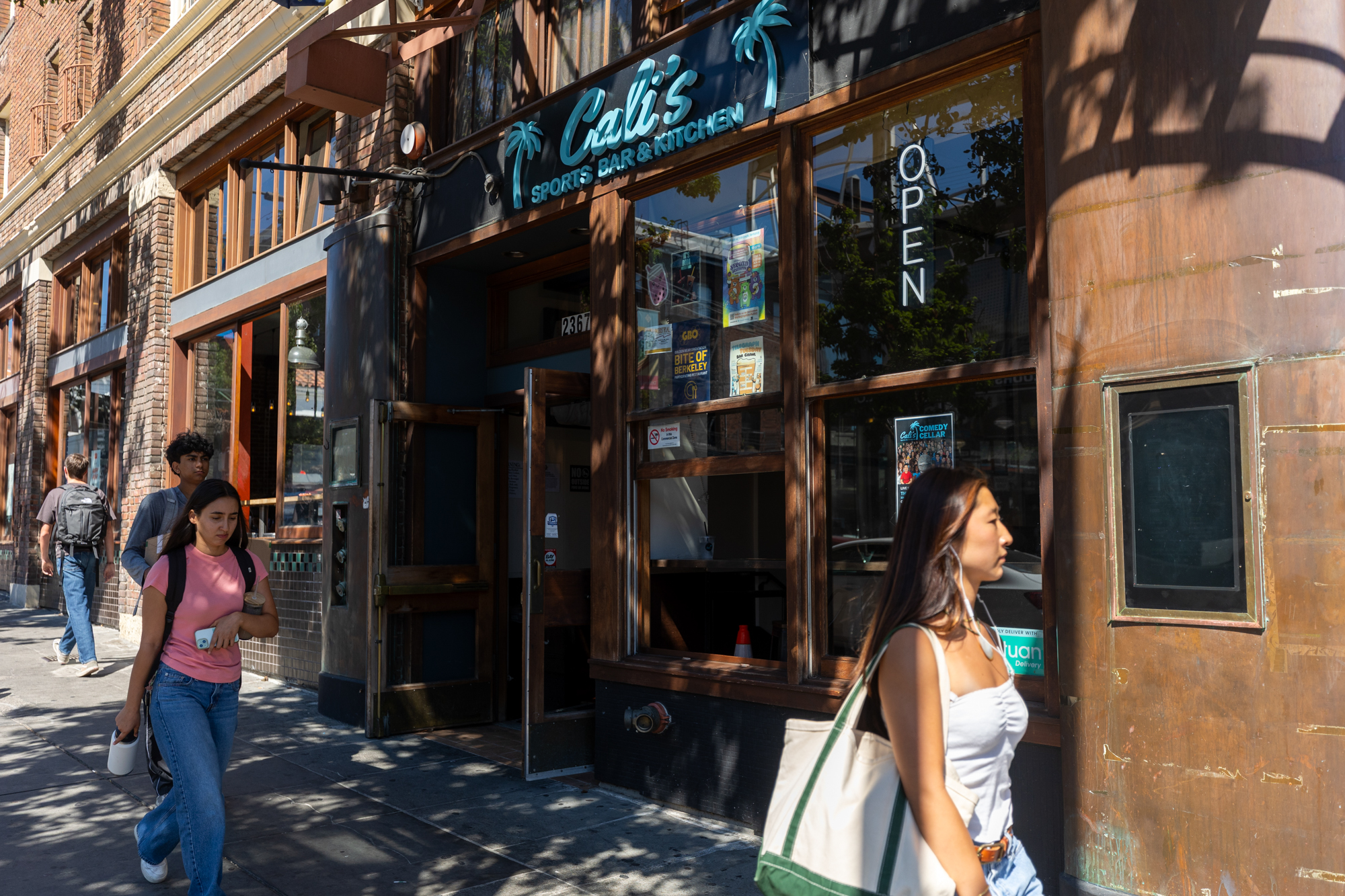Report on Youth Substance Abuse Prevention Initiative and its Alignment with Sustainable Development Goals
Program Overview
An educational initiative addressing the dangers of drug abuse was delivered to students at Bellaire High School and seven other schools within Belmont County, Ohio. The program was designed to provide critical resources to youth regarding the impacts of substance abuse and addiction.
- Organizer: Vive 18, a drug prevention educational platform.
- Sponsor: Friends of Belmont County Juvenile Court.
- Objective: To educate youth on the long-term consequences of substance abuse versus the development of sustainable life skills.
Contribution to SDG 3: Good Health and Well-being
The initiative directly supports SDG Target 3.5, which calls for strengthening the prevention and treatment of substance abuse. By educating adolescents on the risks associated with narcotics, the program is a primary prevention strategy aimed at ensuring healthy lives and promoting well-being. Speaker Trevor Tripp’s message contrasted the “shortcut” of a “quick high” with the long-term personal development required to achieve future goals, reinforcing the principles of sustained physical and mental health.
Impact on SDG 4 (Quality Education) and SDG 16 (Peace, Justice and Strong Institutions)
The program’s contributions extend to multiple Sustainable Development Goals, demonstrating an integrated approach to community development.
- Quality Education (SDG 4): The presentations provide vital life skills education that is essential for holistic development. By informing students about health and sustainable lifestyles, the initiative contributes to Target 4.7, ensuring learners acquire the knowledge needed to promote a culture of health and non-violence.
- Peace, Justice and Strong Institutions (SDG 16): The involvement of the Belmont County Juvenile Court underscores a preventative approach to justice. By addressing potential root causes of crime and social instability, the program helps build a safer community and promotes the rule of law, aligning with the goal of creating effective, accountable, and inclusive institutions at all levels.
Fostering Multi-Stakeholder Collaboration (SDG 17)
This initiative is a clear example of SDG 17, Partnerships for the Goals, in action. The success of the program relies on the effective collaboration between different community stakeholders.
- A specialized non-profit organization (Vive 18).
- A local, justice-affiliated community group (Friends of Belmont County Juvenile Court).
- Public educational institutions (eight county schools).
This partnership model demonstrates how cross-sectoral cooperation can effectively mobilize resources and expertise to address complex social issues at the local level.
Conclusion: Local Action for Global Goals
The drug prevention tour in Belmont County illustrates how targeted local actions can directly advance the global 2030 Agenda for Sustainable Development. The stated objective to “make our little corner of Ohio a little bit better,” as articulated by Noah Atkinson of the Belmont Juvenile Court, reflects the foundational principle of the SDGs: leveraging community-based efforts to address universal challenges in health, education, and justice.
Analysis of Sustainable Development Goals (SDGs) in the Article
1. Relevant Sustainable Development Goals (SDGs)
-
SDG 3: Good Health and Well-being
- The article’s central theme is a drug abuse prevention program for high school students. This directly relates to ensuring healthy lives and promoting well-being, as substance abuse is a significant public health issue that affects both physical and mental health, especially among youth.
-
SDG 4: Quality Education
- The initiative described is an educational program. Vive 18, a “drug prevention platform,” provides “educational resources to youth” within a school setting (Bellaire High School). The program aims to impart knowledge and skills to help students make informed decisions about their health and future.
-
SDG 16: Peace, Justice and Strong Institutions
- The event is sponsored by the “Friends of Belmont County Juvenile Court,” and a director from the court is quoted. This involvement highlights the link between substance abuse, youth crime, and the justice system. By preventing drug abuse, the program contributes to reducing juvenile delinquency and strengthening the community, which are key aspects of building peaceful and just societies.
2. Specific SDG Targets
-
Target 3.5: Strengthen the prevention and treatment of substance abuse, including narcotic drug abuse and harmful use of alcohol.
- The article focuses entirely on a preventative measure. The speaker from Vive 18 addresses students about the “dangers of drug abuse” and the negative long-term impacts of using drugs as a “shortcut.” This is a clear example of an initiative aimed at strengthening the prevention of substance abuse among youth.
-
Target 4.7: By 2030, ensure that all learners acquire the knowledge and skills needed to promote sustainable development, including, among others, through education for… sustainable lifestyles… and promotion of a culture of peace and non-violence.
- The speaker’s message encourages students to “develop skillsets” rather than seek “instant gratification” from drugs, framing it as a choice that impacts who they will be “10 years down the road.” This educational approach promotes a sustainable and healthy lifestyle by equipping students with the critical thinking skills needed for long-term well-being.
-
Target 16.2: End abuse, exploitation, trafficking and all forms of violence against and torture of children.
- Substance abuse can make young people vulnerable to exploitation and draw them into criminal activities. By educating youth on the dangers of drugs, the program serves as a protective measure, helping to prevent situations that could lead to their abuse or involvement with the juvenile justice system, as indicated by the court’s sponsorship.
3. Implied Indicators for Measurement
-
For Target 3.5:
- The article implies an indicator related to the reach of prevention programs by stating the event has “made stops in eight different schools across the county.” A measurable indicator would be the number or percentage of schools in the county with substance abuse prevention programs. The ultimate goal to “improve our area” implies a desire to see a reduction in the prevalence of substance abuse among youth.
-
For Target 4.7:
- The article mentions that “Bellaire High School students heard from a motivational speaker.” This points to an indicator measuring the implementation of such education. A specific indicator would be the number of students participating in educational programs on health, well-being, and substance abuse prevention.
-
For Target 16.2:
- The involvement of the Belmont County Juvenile Court suggests that a key measure of the program’s success would be its impact on the justice system. An implied indicator is the number of drug-related offenses recorded in the juvenile justice system, which the program aims to reduce through prevention.
Summary Table of SDGs, Targets, and Indicators
| SDGs | Targets | Indicators |
|---|---|---|
| SDG 3: Good Health and Well-being | 3.5: Strengthen the prevention and treatment of substance abuse. |
|
| SDG 4: Quality Education | 4.7: Ensure all learners acquire knowledge and skills for sustainable lifestyles. |
|
| SDG 16: Peace, Justice and Strong Institutions | 16.2: End abuse, exploitation… and all forms of violence against… children. |
|
Source: wtov9.com







